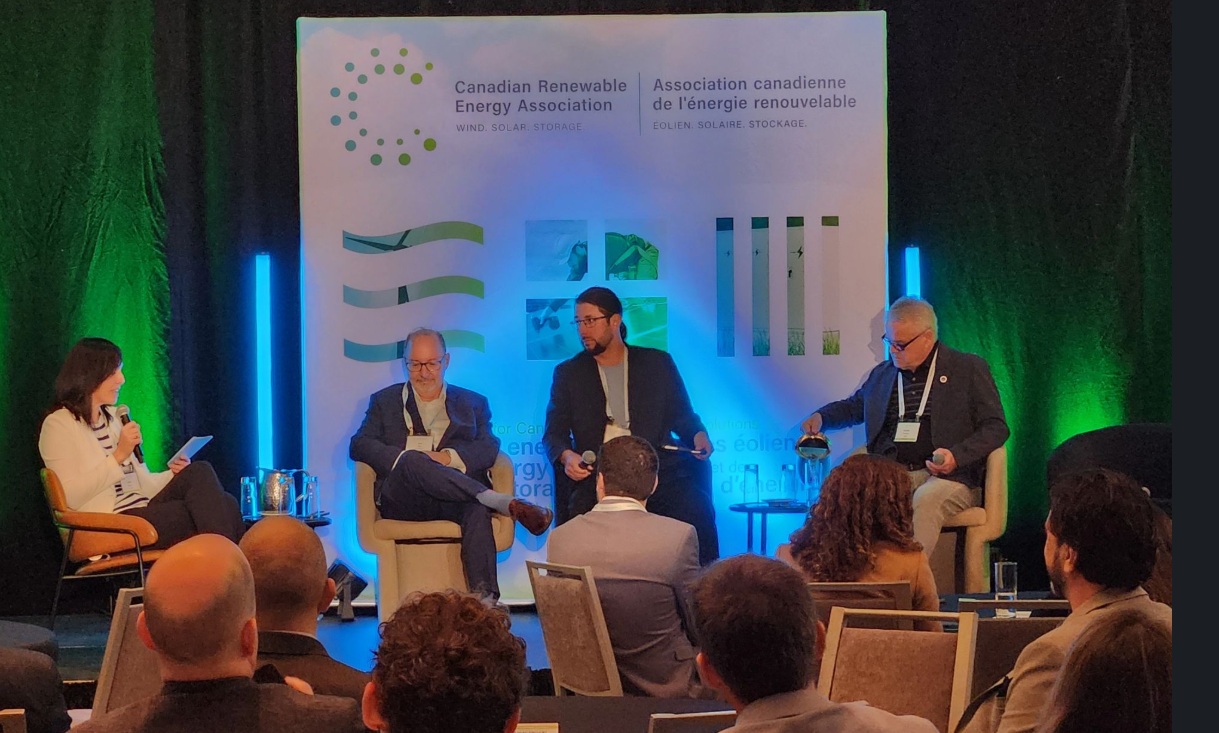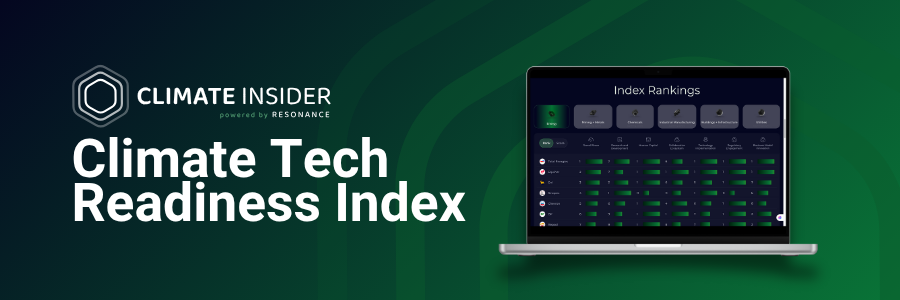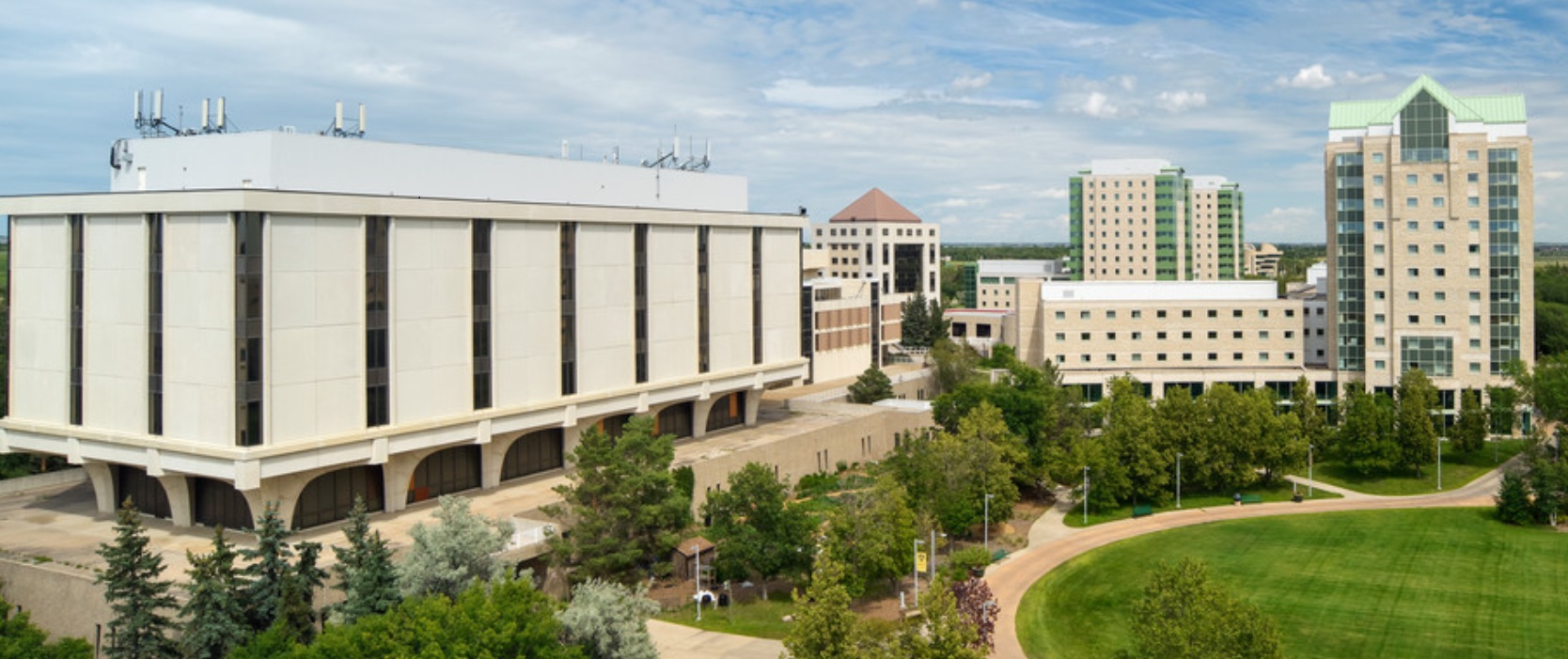Insider Brief:
- Contrary to expectations, the Canadian renewables sector is not slowing down due to the U.S.’ decision to halt renewable energy projects; instead, it is flourishing.
- Beyond new energy development, the Canadian renewable industry needs to focus on energy efficiency.
- First Nations involvement with renewable energy projects, both in Quebec and in Canada, is a necessity, First Nations representatives said.
There was a noticeable air of relief at the second Net Zero Quebec summit, hosted by the Canadian Renewable Energy Association in Montreal on May 15.
Despite much noise from Canada’s southern neighbour (the U.S.) running from trade tariffs to threats of annexation, renewable companies in Canada and in Quebec seem to be not only surviving, but flourishing, panellists noted.

There was a real concern in Canada that U.S. President Donald Trump winding down renewable energy projects would disrupt Canadian supply chains.
“The American market was very impacted by these executive orders” which halted many wind and solar projects in the U.S., Nordex Senior Sales Director Alex Potier said. “Canada didn’t feel any impact,” he said.
For the first time in his career, Potier is witnessing Canada pulling ahead of the United States in securing renewable projects.
“Several Canadian [renewable] markets are seeing a period of strong growth, which is also the case in Quebec,” he said.
Olivier Lacaille, Managing Director for Infrastructure and Energy Transition at Desjardins Bank, agreed.
The renewables sector is an “important economic motor” for Quebec and for Canada, he said.
“We’re not too worried about the things that have touched other industries” as a result of the Trump tariffs on Canada and other countries.
Looking to the future, improving and expanding upon efforts to maximize energy efficiency should be the next major focus for the renewables sector, Lacaille told the conference.
“We have big opportunities with buildings and with transport,” he said.
Transport is the leading source of Quebec’s greenhouse gas emissions, accounting for 43% of total emissions in the province. Construction and the built environment constitute 10% of the province’s emissions.
Quebec has set ambitious targets for 2030 to cut provincial emissions. For transport, the province is targeting 2 million electric vehicles by 2030 and is forbidding new sales of internal combustion engine (ICE) vehicles by 2035. For buildings, Quebec has targeted a 50% decrease in emissions from 1990 levels by 2030.
Lacaille emphasized that the larger Quebec economy needs to reconfigure how it plans projects to reach these objectives.
“There needs to be a multi-disciplinary approach,” Lacaille said. “We need to work together – engineers, financiers, and so on – to change the manner of thinking, and accelerate the transition.”
Hydro-Quebec, a major producer and distributor in the province, released an ambitious energy efficiency plan last month.
Several panelists indicated support for removing the requirements of environmental assessments on both the federal and local levels.
“A single evaluation would allow projects to advance more quickly,” Fasken partner and co-leader in energy and climate Pierre-Olivier Charlebois told the panel.
Policy needs to play a role
The ecological transition cannot happen without support from the government, in either policies or funding, Charlebois said.
He cited bills now making their way through the legislature in creating the groundwork for renewable expansion.
One bill, Bill 69, is designed to make it easier for renewable energy developers and distributors to expand their production. The bill would allow Hydro-Quebec to enter into power supply contracts without going through the tender process, as well as allow the company to sell production infrastructure.
It would also fast-track renewable energy approval processes and change how the energy sector is governed.
These changes would ensure continued development and accelerate meeting transition goals, Charlebois said.
First Nations urge more involvement
For First Nations representatives at the panel, partnership with renewable companies is a top priority.
“We all know that there’s a huge demand and investment into renewable energy, with a need to grow capacity and expand infrastructure,” Mohawk Council Chief Paul Rice told the panel. “But all of [these projects] go through traditional, unceded territory.”
Rice stresses that renewable companies need to know the history of the First Nations communities they’re working with, and the history of their relationship with the province.
“There’s a lot of uncomfortable history,” he said. “Such as, Hydro-Quebec started in Cree territory.”
For Jean Roy, Senior Vice President and Chief Operating Officer at Kruger Energy, companies need to prioritize communicating with local communities, providing information on their projects, and understanding the community culture.
Kahnewake’s Rice would like to see one change to Quebec law: compel all new renewable energy projects to offer a 50% minimum equity offer to the First Nations who live on the territory the project uses.
“Changing these regulations would allow renewable development to go faster,” Rice said.
Climate Insider equips green economy businesses, industrial leaders, and policymakers with the clarity they need to navigate environmental demands and geopolitical pressures. Through our AI-powered market intelligence platform and expert-led advisory, users can identify commercially ready climate technologies, track policy and funding movements, and map critical ecosystem dynamics.
Ready to take the guesswork out of your climate strategy?
Get expert-backed answers at [email protected] or explore the platform at www.climateinsider.com to see how we help transform complexity into clarity.








